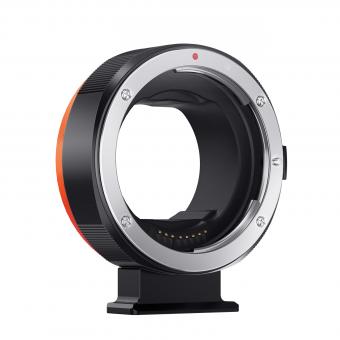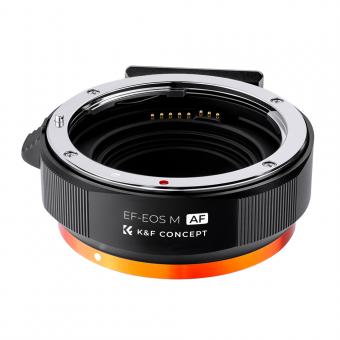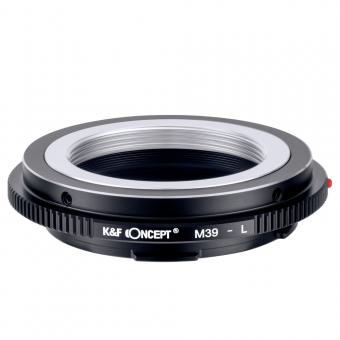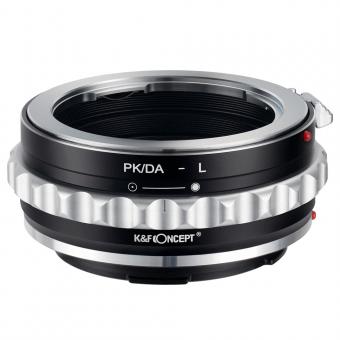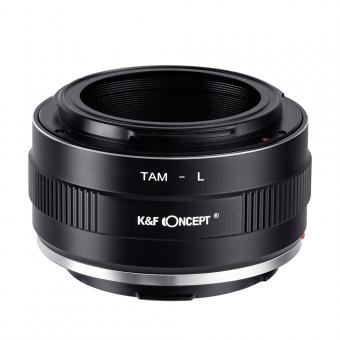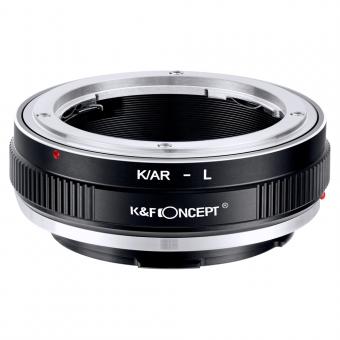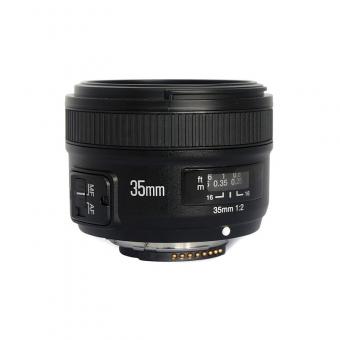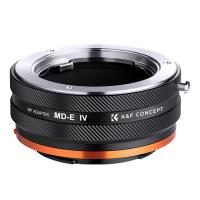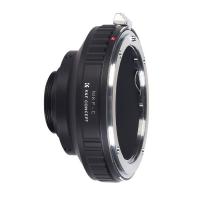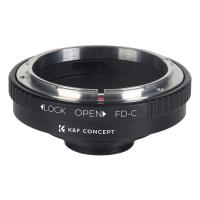What Does The Aperture Do On A Microscope ?
The aperture on a microscope is a circular opening located in the condenser, which is a lens system that focuses light onto the specimen. The aperture controls the amount and angle of light that enters the microscope, which affects the quality and clarity of the image. By adjusting the aperture, the user can control the depth of field and resolution of the image. A smaller aperture will increase the depth of field, allowing more of the specimen to be in focus at once, but may reduce the amount of light and resolution. A larger aperture will increase the resolution and brightness of the image, but may decrease the depth of field. The aperture is an important component of the microscope and is used to optimize the image for different types of specimens and imaging techniques.
1、 Aperture on a Microscope:

The aperture on a microscope is a small opening located beneath the stage that controls the amount of light that enters the objective lens. It is an essential component of the microscope that helps to regulate the amount of light that reaches the specimen. The aperture works by adjusting the diameter of the opening, which in turn controls the amount of light that passes through the lens.
The aperture is particularly important when using high magnification lenses, as these require a greater amount of light to produce a clear image. By adjusting the aperture, the user can ensure that the correct amount of light is reaching the specimen, which helps to produce a clear and detailed image.
In addition to controlling the amount of light that enters the lens, the aperture also plays a role in determining the depth of field. By adjusting the aperture, the user can control the amount of light that is in focus, which can help to produce a sharper image.
Recent advancements in microscope technology have led to the development of new types of apertures, such as the confocal aperture. This type of aperture is used in confocal microscopy, which is a technique that allows for the production of high-resolution, three-dimensional images of specimens. The confocal aperture works by blocking out-of-focus light, which helps to produce a sharper and more detailed image.
Overall, the aperture is a crucial component of the microscope that plays a vital role in producing clear and detailed images of specimens. Its importance cannot be overstated, and advancements in aperture technology continue to drive improvements in microscope performance and image quality.
2、 Definition and Function

The aperture on a microscope is a circular opening located in the stage of the microscope. It is used to control the amount of light that enters the microscope and reaches the specimen being observed. The aperture is also known as the diaphragm, and it is an essential component of the microscope that helps to improve the quality of the image produced.
The aperture works by adjusting the size of the opening through which light passes. By controlling the amount of light that enters the microscope, the aperture helps to improve the contrast and clarity of the image produced. This is particularly important when observing specimens that are transparent or have low contrast.
The aperture is typically adjusted using a lever or knob located on the microscope. By adjusting the aperture, the user can control the amount of light that enters the microscope and optimize the image quality for the specific specimen being observed.
In recent years, there has been a growing interest in using advanced imaging techniques, such as super-resolution microscopy, to study biological specimens. These techniques require precise control over the amount of light that enters the microscope, and the aperture plays a critical role in achieving this level of control.
Overall, the aperture is an essential component of the microscope that helps to improve the quality of the image produced. By controlling the amount of light that enters the microscope, the aperture helps to optimize the image quality for the specific specimen being observed.
3、 Types of Aperture

What does the aperture do on a microscope?
The aperture on a microscope is a small opening located in the stage of the microscope. It controls the amount of light that enters the microscope and reaches the specimen. By adjusting the aperture, the user can control the depth of field and the resolution of the image. A smaller aperture will increase the depth of field, allowing more of the specimen to be in focus at once, while a larger aperture will decrease the depth of field, allowing for a sharper image of a smaller area.
Types of Aperture:
There are several types of apertures used in microscopes, including the iris diaphragm, the field diaphragm, and the condenser diaphragm. The iris diaphragm is the most common type of aperture and is located just below the stage. It consists of a series of overlapping metal blades that can be adjusted to control the size of the aperture. The field diaphragm is located in the light path above the condenser and controls the size of the illuminated field. The condenser diaphragm is located in the condenser and controls the angle of the light that reaches the specimen.
The latest point of view:
Recent advancements in microscope technology have led to the development of new types of apertures, such as the adaptive aperture. This type of aperture uses a liquid crystal display to dynamically adjust the size and shape of the aperture based on the specimen being observed. This allows for greater control over the amount of light that reaches the specimen and can improve the resolution and contrast of the image. Additionally, some microscopes now use computer algorithms to automatically adjust the aperture based on the characteristics of the specimen, further improving the quality of the image.
4、 Importance in Microscopy

The aperture on a microscope is an important component that controls the amount of light that enters the objective lens. It is a circular opening located at the base of the objective lens and is responsible for regulating the angle and size of the cone of light that illuminates the specimen. By adjusting the aperture, the user can control the depth of field, resolution, and contrast of the image.
The aperture plays a crucial role in microscopy as it determines the quality of the image produced. A larger aperture allows more light to enter the objective lens, resulting in a brighter image with less contrast. On the other hand, a smaller aperture restricts the amount of light that enters the lens, resulting in a darker image with higher contrast. This is particularly useful when observing specimens with low contrast, such as transparent or unstained samples.
In recent years, there has been a growing interest in using advanced microscopy techniques, such as super-resolution microscopy, which require precise control of the aperture. These techniques rely on the ability to control the size and shape of the aperture to achieve higher resolution and better image quality. As a result, there has been a renewed focus on developing new aperture designs and technologies that can meet the demands of these advanced microscopy techniques.
In conclusion, the aperture is a critical component of a microscope that plays a vital role in controlling the quality of the image produced. Its importance in microscopy cannot be overstated, and as new microscopy techniques continue to emerge, the need for precise control of the aperture will only increase.


